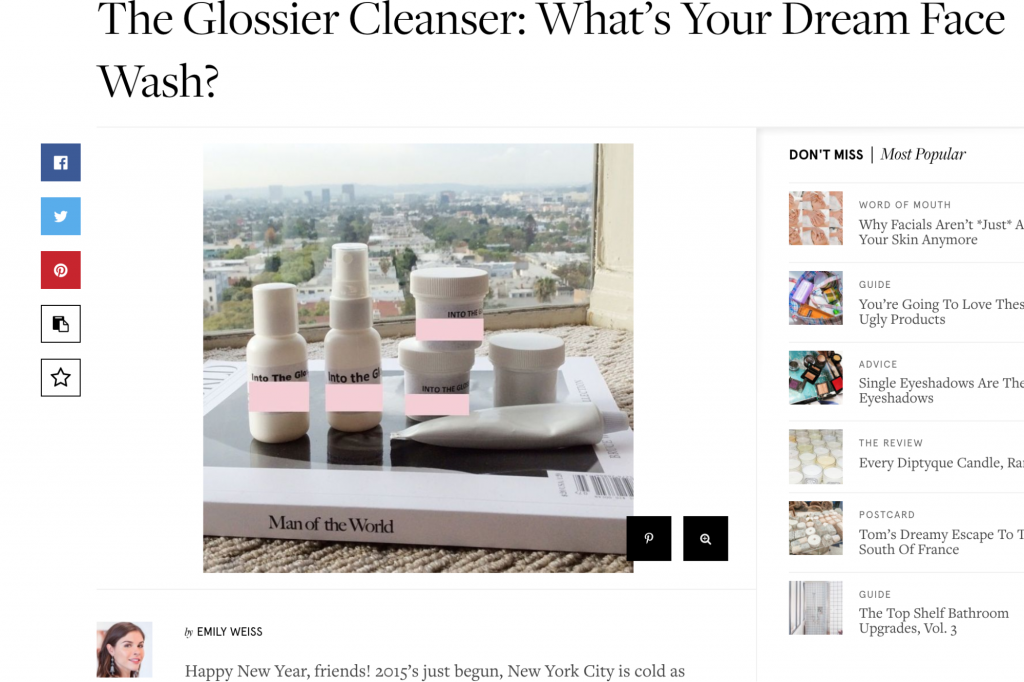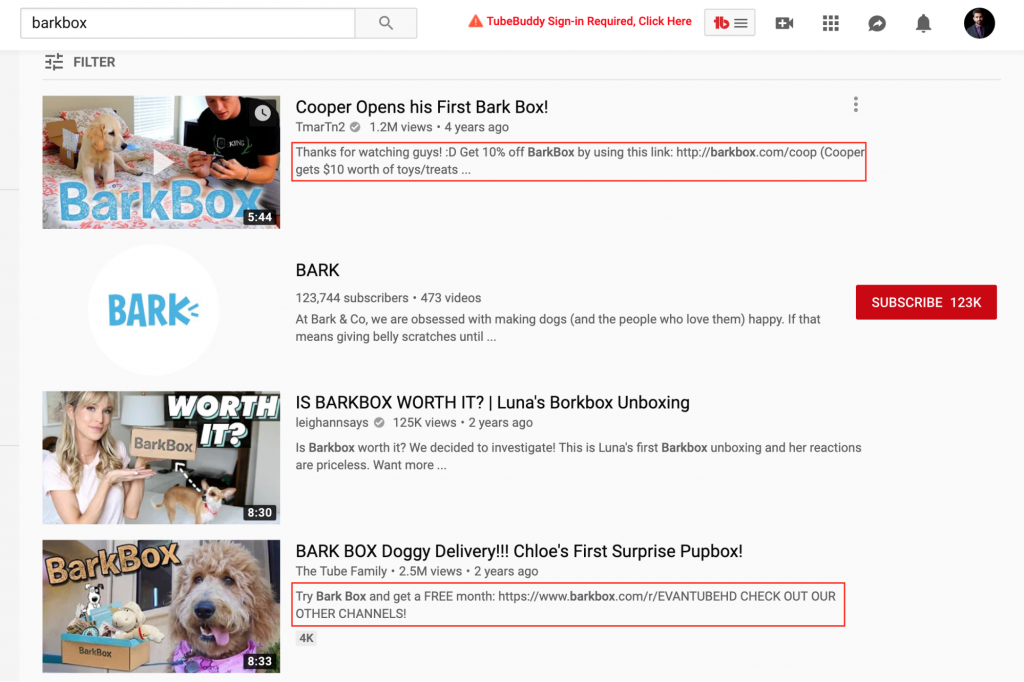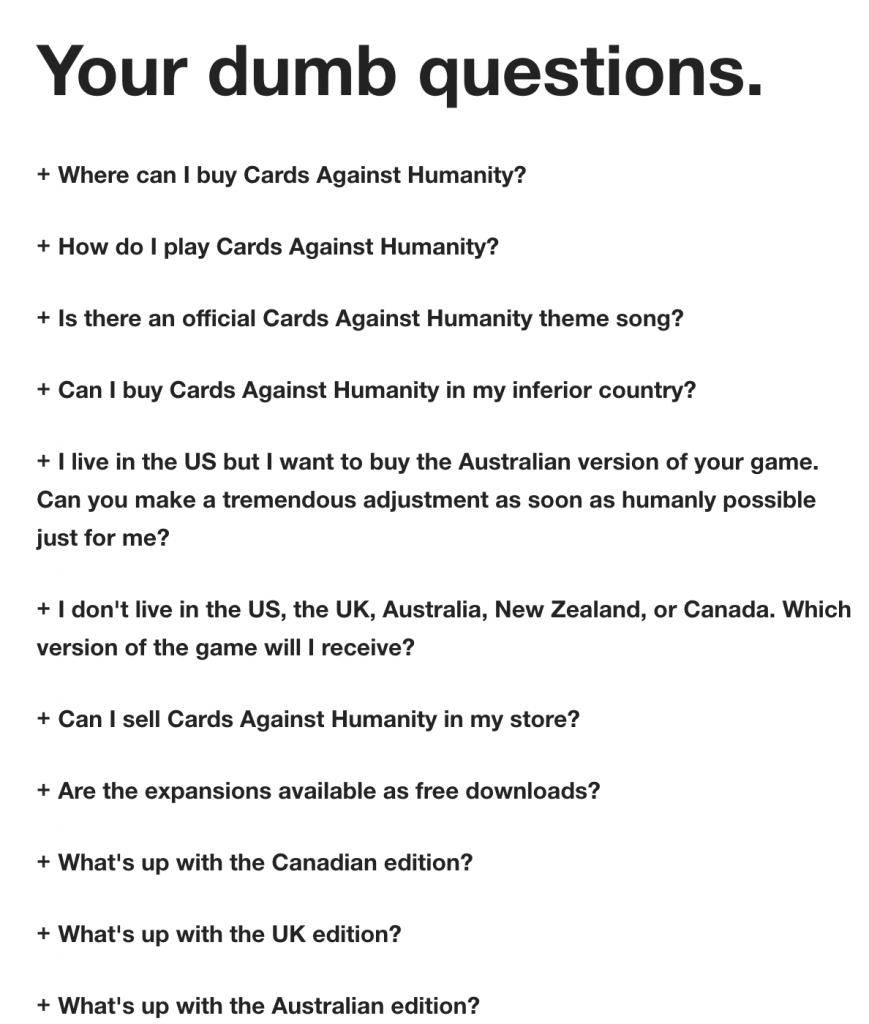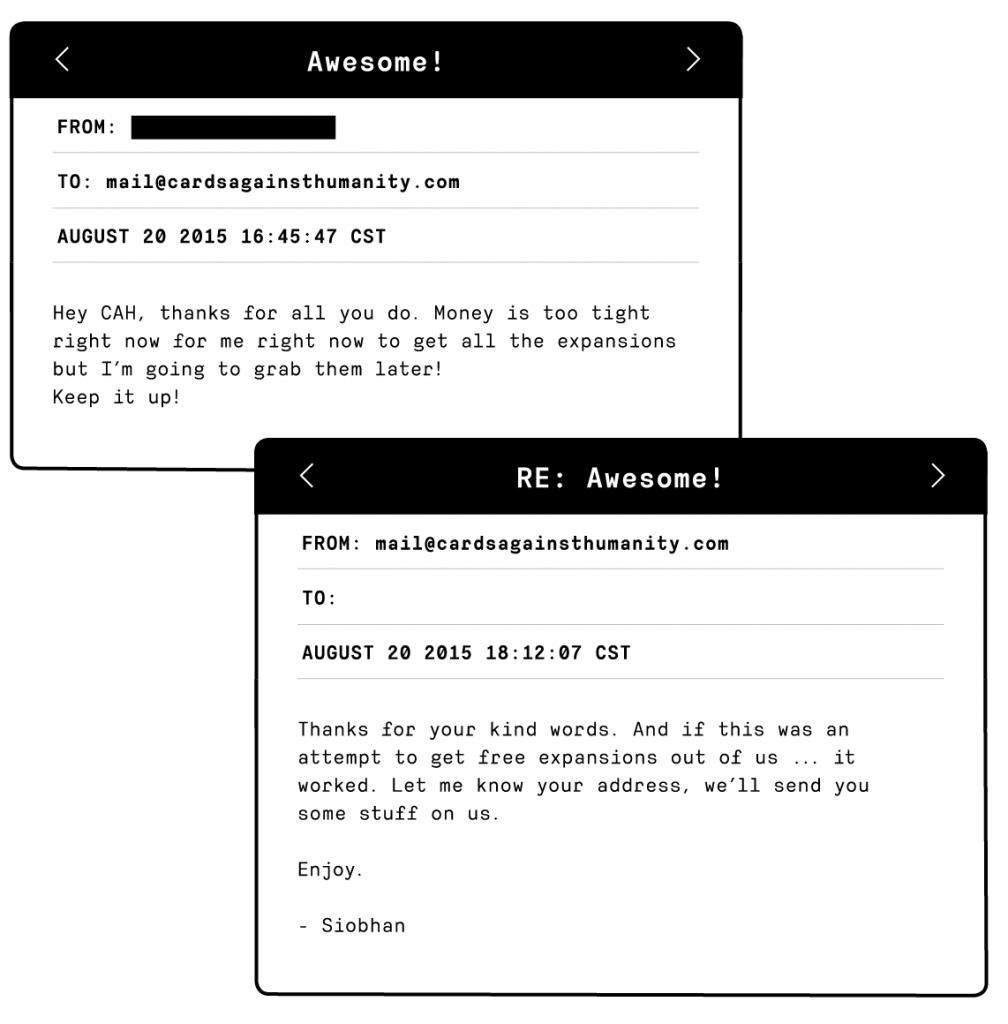In 1994, Jeff Bezos founded Amazon to participate in the “internet business boom” at that time. Since then, a slew of Ecommerce brands has emerged.
Fast forward to today, and Ecommerce does not need a middleman. Brands can directly communicate with customers, sell through their online stores, and take charge of the complete customer experience.
As consumers have changed how they buy products, Ecommerce brands are significantly investing in the direct-to-consumer (DTC) channel.
If you’re an Ecommerce brand, then here are five content marketing tips from the vault of successful DTC brands.
1. Focus on SEO for Driving Brand Awareness
Nat Eliason started Cup and Leaf as a tea blog. In about eight months, he managed to grow it to 150,000 visitors by creating the best piece of content online on carefully chosen keywords.

He soon launched an Ecommerce store to monetize the traffic. The articles that generate interest now serve as an inspiration for products. For instance, when their blog post on “best tea for an upset stomach” performed well in search engines, the brand created a “happy tummy tea” blend.

Educational and helpful content is a great way to get in the good books of your target audience. Moreover, Google gifts visibility to genuinely useful articles that address the pain points of users. So if you want some brand awareness, then SEO is a terrific channel.
2. You Can Build an Extraordinary Community Through Content
In a decade, Glossier has exceeded a billion-dollar valuation. However, do you know how it started? In 2010, Emily Weiss launched it as a blog with a focus on “Skin first. Makeup-Second.”
The key to the terrific growth of the brand has been the relentless focus on the community. Emily puts the interests of her audience front and center. When she ideates her products, she openly invites her audience to share their thoughts. In 2015, here’s how she planned the creation of her cleanser.

That’s right: Emily asked for feedback from her community, and they responded enthusiastically, with over 350 comments on the post. What would you do with such a tremendous amount of customer insights?
While Glossier has now expanded, the ethos of an active community still reigns supreme. Their blog, Into The Gloss, acts as a traffic driver and a reliable tool for product research.
So how do you create a raving community of super fans? It’s about creating content that appeals to a niche number of your “1,000 true fans” (as Kevin Kelly likes to call it) as opposed to trying to appeal to a broader audience.
3. Here’s How to Grow Your Company on Social Media
Barkbox offers a monthly subscription of hand-picked dog supplies. It started as a side-project for the co-founder Matt Meeker. The company grew with a lean team, and little marketing spends.
Early on, the company noticed their customers sharing videos of their boxes on Facebook. Hence, the founders built their marketing strategy around encouraging unboxing (through referral programs and coupon codes).

If your nature of offering permits such a social media advantage, then help your customers to show off your products on social media.
The audience of the brand didn’t want educational content on “dog training” and the like, so they stayed away from such dry content.
Instead, Barkbox has always believed in creating a relaxed and fun atmosphere on their brand touchpoints online. Their goal has always been to be the place where people want to hang out even when not buying.
That’s why they hired dog-obsessed comedians to entertain their audience through dog memes. You’ll also see entertaining content like the dog rap, funny tweets, and BuzzFeed-style listicles that have scaled their growth.
[embedyt] https://www.youtube.com/watch?v=UCITCn7A3Mc[/embedyt]
The key to growing on social media is creating humorous content (if your brand persona permits it). Also, if need be, then hire experts that can create that for you.
4. User-Generated Content (UGC) is the Holy Grail of Trust
When influencers give a vote of confidence to your brand, it generates trust. A genuine review by your user, though, creates a more profound belief in your brand. The reason is there’s no material relationship between your brand and the person that posts about you.
Warby Parker, a DTC brand with a valuation of $1.75 billion, creatively leveraged user-generated videos. As its products revolved around prescription glasses and sunglasses, many of its users shared pictures of themselves on social media.
The brand saw the opportunity to drive the creation of UGC in user behavior. They supplemented their home-try on glasses kit with a home try-on photo and video feature on their app.

It fueled the creation of visual content by their users, and it authentically promoted Warby Parker. At the time of writing this article, the video results for the phrase “Warby Parker try on” stand over 27k.

Sure, influencers have created many of the above videos, especially the high-trafficked ones; however, others are created by regular users that make the brand relatable and drive authentic brand awareness on social media.
5. Top-of-the-Funnel Content Isn’t the Be-All and End-All
Most brands believe that they need to create educational content. They cast a wide net by appearing at the top of search results for informational queries. The hope is that once these first-time visitors derive value from their blog posts, they might consider the brand sometime in the future.
However, if you have limited resources and “education” isn’t your brand’s vibe, then you can begin with creating content at the middle or bottom of the funnel. The party game, Cards Against Humanity (CAH), is an excellent example. You won’t see any blog posts kindly explaining to you “how to organize a party.”
Instead, they have created a ‘Your dumb questions’ section that goes well with their caustic image. It’s their version of FAQs.

Also, they carry annual Black Friday jokes that get wildly supported by their advocates, including raising $100,000 to dig a pointless hole. During this holiday period, they get tons of customer service emails. However, it’s commendable that they manage to retain their “funny and delightful” brand voice by training their new hires.

CAH leads with an example of how you can use content to create a strong brand identity and preserve it across online brand touchpoints. It doesn’t involve the creation of top-of-the-funnel content at all.
Final Thoughts
The direct brand revolution is contributing significantly to the US economy, and content is playing a significant role in the same. Now, it’s time for you to put these content tips to use.
Which DTC brand was your favorite from the examples above, and which strategy are you going to emulate? Let me know in the comments below.
This is a Contributor Post. Opinions expressed here are opinions of the Contributor. Influencive does not endorse or review brands mentioned; does not and cannot investigate relationships with brands, products, and people mentioned and is up to the Contributor to disclose. Contributors, amongst other accounts and articles may be professional fee-based.

